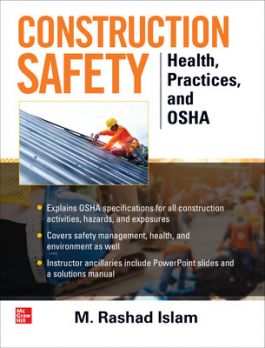OSHA spells out FR protection specifics
Do your workers understand the hazards?

Although many employees typically provide some or all of their own work attire, it is the employer who will be issued a citation if a worker who is exposed to electric arc or flame hazards is not wearing flame-resistant (FR) clothing. Additionally, since FR properties can be compromised due to incorrect repairs or laundering – or simply by repeated washings – employers should instruct their workers on the proper care of FR apparel.
That guidance, from then-OSHA Deputy Assistant Secretary James W. Stanley, was issued for Guidelines for the Enforcement of the Apparel Standard, 29 CFR 1910.269(l)(6), of the Electric Power Generation, Transmission, and Distribution Standard. Stanley’s memorandum1, first issued in 1995 and then updated in 2004, spells out OSHA’s enforcement policy with regard to the “296” standard.
Usage risks
While it is impossible for FR apparel to prevent all injuries caused by arc flash or flames, effective FR clothing can limit the extent of injury sustained by the employee. Clothing made from acetate, nylon, polyester, rayon – either alone or in blends – is prohibited “unless the employer can demonstrate that the fabric has been treated to withstand the conditions that may be encountered or that the clothing is worn in such a manner as to eliminate the hazard involved,” according to the guidelines.
OSHA also warns that even wearing a prohibited fabric as one of multiple layers of clothing could be hazardous. Worn as an outside layer of clothing, the fabric could ignite and burn the employee’s face – then likely continue burning and cause injuries to other parts of the body. If clothing made from a synthetic material is worn as a middle or inside layer of clothing - and if enough heat passes through the outer layer - the fabric also could ignite. As an inside layer, clothing made of prohibited fabric could melt when it comes into contact with the employee’s a skin, causing a burn injury.
Training
It’s not enough that workers exposed to flame and arc flash hazards wear FR; the 296 standard requires the employer to train workers about apparel-related hazards.
Clothing made from 100 percent cotton or wool is considered inherently FR and may be acceptable - if its weight is appropriate for the flame and electric arc conditions to which a worker could be exposed. Some fabrics are chemically treated to make them flame-resistant. Many inherently FR fabrics will not ignite when exposed to flame in an environment with normal levels of oxygen present. The amount of heat required for ignition depends factors including weight, texture, weave, and color of the fabric material. Clothing does not comply with the “269” standard if it is capable of igniting and burning under the electric arc and flame exposure conditions found at the workplace.2
During an inspection of an electric power generation, transmission, and distribution work site, an OSHA compliance officer determines if an employer has appropriate policies and guidelines for selection, care, and use of apparel; informs employees of these policies and guidelines; and ensures that policies and guidelines are followed.
Sources:
- https://www.osha.gov/laws-regs/standardinterpretations/1995-08-10
- https://www.osha.gov/SLTC/etools/electric_power/ppe_flameresistantclothing.html
Looking for a reprint of this article?
From high-res PDFs to custom plaques, order your copy today!








